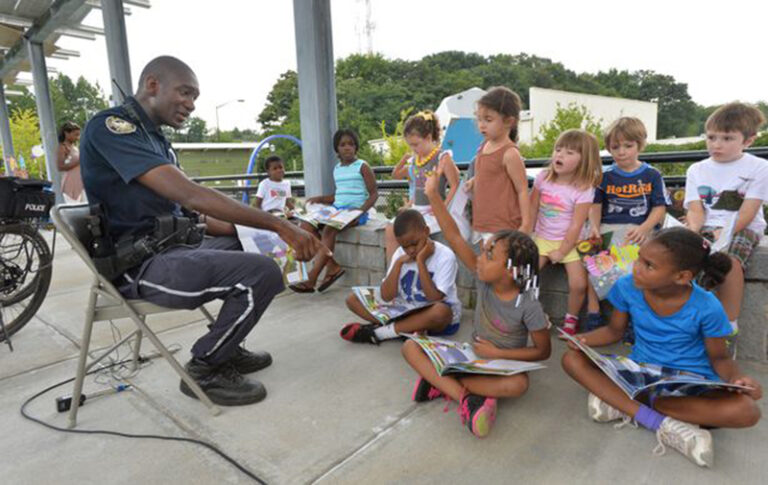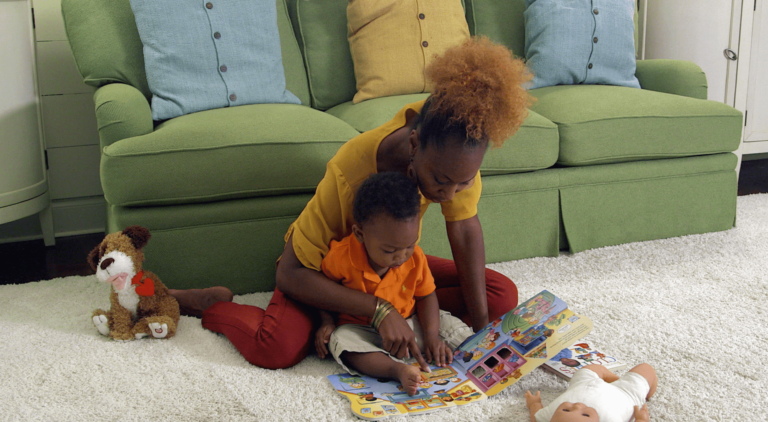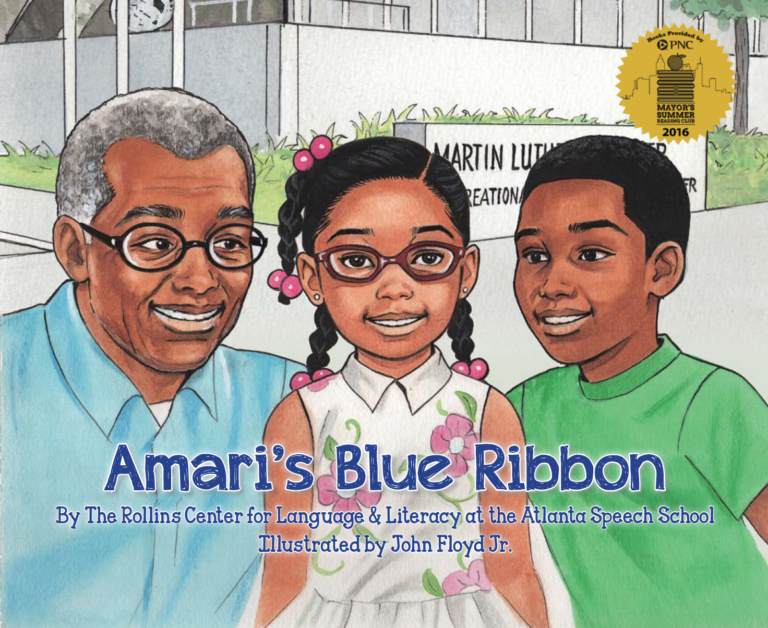This week’s book is The Little Red Hen Makes a Pizza by Philemon Sturges.
The Little Red Hen Makes A Pizza START Read 1
This first read focuses on explaining the key events of the story and pushing in target vocabulary.
The Little Red Hen Makes A Pizza START Read 2
This second read focuses on the character’s thoughts and feelings about the key events of the story and continues to push in target vocabulary.
Tying it Together
Throughout the week, engage in meaningful conversations around these words. Soon, you will notice them becoming a part of your students’ vocabulary!
Target Vocabulary |
Conversation Starters |
| Lovely- nice looking, beautiful | Remember how the Little Red Hen woke up from her nap hungry and decided she wanted to make a lovely, little pizza. She wanted to make a nice looking or beautiful pizza. However, when she asked her friends for help, no one offered to help. Why did the Little Red Hen’s friends finally decide to help her at the end of the story? |
| Rummaged- to look through stuff-pushing things aside try to try and find something | Remember how the Little Red Hen rummages all through her kitchen looking for a pizza pan; she looks all around, moving things out of the way to try and find it. She needs a pizza pan but does not have one. How does she try and solve this problem? |
| Generous- When you share what you have with others | Remember how generous the Little Red Hen is with her friends, how she shares her pizza with her friends even though they did not help her when she asked for help. I wonder why the Little Red Hen continued to be kind to her friends, even when they chose not to be helpful? |
Progress Monitoring
After hearing the first two reads, let your students tell the story of The Little Red Hen and show what they’ve learned! Say to your students, “This week we heard a story about how the Little Red Hen made a lovely pizza. Remember how her friends didn’t help the Little Red Hen when she asked them. I wonder how this made her feel? Now that you know the story so well, you get to tell it!”
Ask them open-ended questions about what happened and how the character felt. This is your opportunity to have a conversation about the story. Prompt your student with open-ended questions to discuss the story. Be intentional in the questions you ask to try and pull-out target vocabulary and rich, complex language. Always acknowledge their answer, probe them with more questions and expand on their answers by using longer, complex sentences with the tier 2 words from the story.
Use our START Ladder Safety Nets resource to help you tune in to your child during story reads to see where they are on our START ladder. This will support you in providing the appropriate safety nets to support your students’ language development. Remember to scaffold the types of questions you ask to support each student.
Path Pointer
Building a Virtual Classroom Community: Think Outside the Classroom
We will continue our series of videos to help support your virtual classroom! Click here to watch Christa Payne, a developmental behavioral neuroscientist asks us to consider all the people that make up a classroom community.
Phonological Awareness: Recognizing and Producing Rhyming Words
Use pages 47-58 of our Tried and True Recipes for Teaching Phonological Awareness to see how you can support your students in learning to recognize and generate rhyming words. Don’t forget to keep reciting nursery rhymes with your class! They are so much fun, build language, and will help your students become great readers!
Alphabet Knowledge
Use our Alphabet Knowledge Blog to support your child in learning this week’s focus letters.
Focus Letters this week: L, Z




Beautiful story